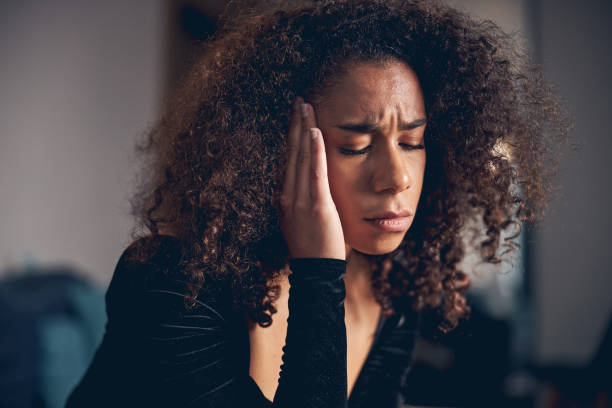
A migraine cocktail is a combination of medications to treat a migraine attack. This article will explain a migraine cocktail’s uses, ingredients, and potential side effects.
If you have experience with migraine attacks, you may have heard of a “migraine cocktail” as a treatment option. But what exactly is a migraine cocktail, and how does it work?
What Is A Migraine Cocktail?
Migraine cocktails relieve symptoms quickly and effectively. A migraine cocktail is a mixture of migraine-treating drugs, not a drink. It usually comprises anti-nausea, anti-inflammatory, and painkillers.
Chronic migraines produce significant head pain and other symptoms like:
- Sensitivity to light and sound
- Nausea and vomiting
- Vision changes or aura mood changes
- Aphasia
- Numbness
- Fatigue
- Confusion
Migraine sufferers may not get relief from OTC painkillers like ibuprofen, acetaminophen, or aspirin alone. Alternatively, a migraine cocktail may work. Migraines may last hours or days and be severe.
RELATED: 9 Products to Make Life With Migraine a Little Easier
What Medications Are In A Migraine Cocktail?
The patient’s requirements, medical history, and migraine intensity determine the migraine cocktail’s drugs. A migraine cocktail usually includes:
- OTC NSAIDs: Ibuprofen, aspirin, and naproxen sodium are NSAIDs. Doctors may prescribe greater dosages, although over-the-counter doses are available. Blocking cyclooxygenases reduces pain and inflammation with these medicines (COX).
- Triptans: Prescription triptans lessen migraine symptoms and duration. They constrict brain blood vessels and inhibit migraine-activated neurons.
- Metoclopramide, Ondansetron, and Promethazine are anti-nausea treatments. These medications reduce nausea. If you often vomit during migraines, your doctor may prescribe one of these drugs.
- Benadryl or similar antihistamines may be given to reduce inflammation and reduce unwanted effects.
- Hospital-administered migraine cocktails may include IV fluids. If you’re vomiting excessively and dehydrating, doctors prescribe this.
A migraine cocktail’s drugs depend on the sufferer. Your doctor may prescribe more painkillers based on your discomfort and where you get the migraine cocktail. Ketorolac, a stronger NSAID, may be given in an emergency department with the cocktail. NSAIDs may be used with painkiller acetaminophen.
How To Make A Migraine Cocktail
With the right medicine, you can make a migraine cocktail at home. Migraine cocktails include over-the-counter and prescription drugs.
Misusing or mixing drugs may be harmful. Your doctor will explain how to make and take a migraine cocktail. However, high doses of these








